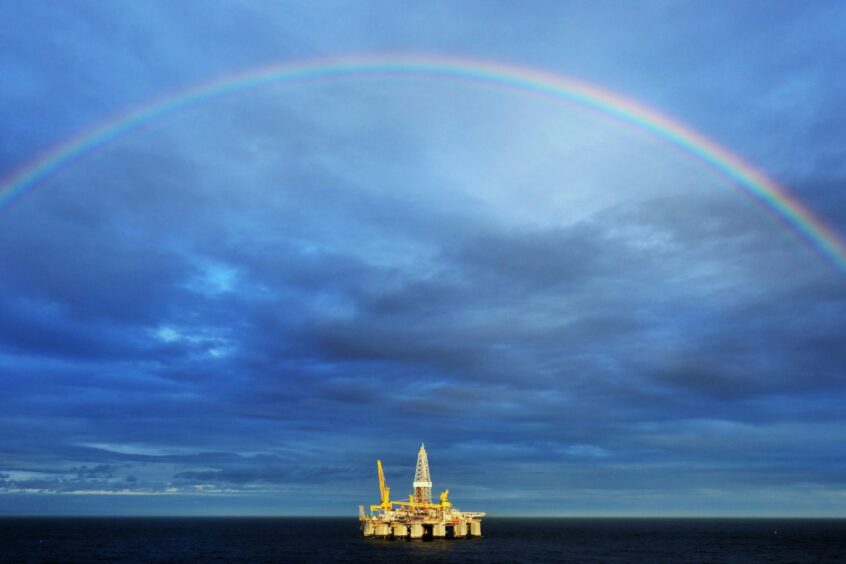 © Supplied by APPEA
© Supplied by APPEA Australian east coast energy prices skyrocketed earlier this year as a winter cold snap sent gas, coal, and electricity to record-highs, triggering price caps at A$40/Gigajoule (US$27/Million British Thermal Units), around 400% above the normal A$8-10/GJ price range.
The situation highlighted the delicate scenario in which the need for new gas sources must be balanced against government attempts to meet net-zero goals, say analysts at Wood Mackenzie, an energy research firm.
Daniel Toleman, Principal Analyst, Global LNG for Wood Mackenzie said: “This recent crisis was caused by a perfect storm of under-investment in new energy supplies, as well as cold weather hitting at the same time as coal outages and supply shortages, low renewable generation and high global commodity prices. It was an incredible combination that pushed the market to the breaking point. LNG suppliers stepped in to divert gas to areas that needed it, but the situation did highlight the need for new sources of energy supply to meet current and future demand.”
This is amidst efforts from many governments, including Australia, to transition to a net-zero economy. For many, the challenge will be finding a balance between providing energy security at the same time as decarbonising energy systems to meet net-zero emissions by 2050.
“To manage the Australian east coast energy balance, the federal government needs to walk a bit of a tight rope. After this winter’s energy crisis, prioritising Australian gas resources for Australian consumers is very much in the spotlight. But the government also needs to manage new gas projects and gas supply including those of the LNG projects,” said Lucy Cullen, Principal Analyst, Global Gas.
Australia requires gas for both power generation as well as other industrial uses including mineral processing, mining, chemical production, and fertiliser.
“For the Australian east coast, future gas projects are critical to meeting domestic demand keep prices in check. With LNG imports, one of the solutions, now likely delayed until at least the mid-2020s, the government should look to support new fast-to-market gas projects. Another solution could be a behavioural change that can reduce demand in peak periods,” added Toleman.
The Australian Domestic Gas Security Measure (ADGSM) is currently in place to ensure a sufficient amount of natural gas is in place to meet domestic demands.
“While the ADGSM offers some assurance to the domestic markets, implementation of any domestic market obligation mechanism must balance investor concerns and must not be counterproductive by discouraging future gas developments and investment. The government must keep these factors in mind as it reviews the ADGSM ahead of its year-end expiry,” said Cullen.
“To meet net-zero targets, Australia undoubtedly requires renewable energy. But it also requires gas and LNG to ensure affordable and reliable energy throughout the energy transition,” said Toleman.
